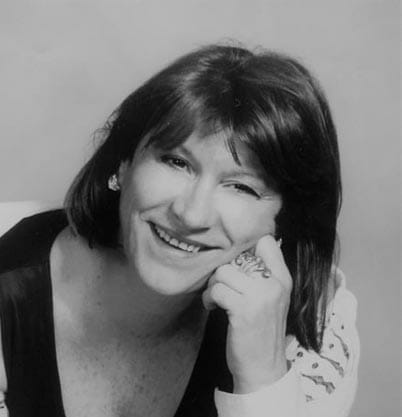
"Natura naturantis" is the epicenter toward which the Matres 2022 festival has turned its gaze
Many philosophers from Giordano Bruno to Spinoza have placed it at the center of their thought as a constant "generating activity in the becoming of its perfection." But we know that contemporary Man undaunted continues to upset the balance of this his Common Abode in a real syndrome of disconnection: he has lost contact, attunement with the natural world. He awakens to the life of the senses, looks at the world with a physical eye, with reasoning while the immaterial realities of nature become pale allegories. It is on this thematic centrality that the women ceramists of Pandora have worked with their minds, with their own spirituality and by serving with the skill of their hands. All have also been aware of how much closer the woman is to the rhythms and cycles of the earth by being a generator herself, how her body itself teaches her to understand and accompany natural processes, and that this makes her predisposed to welcoming. The great mother in archaic civilizations was loved and honored, she was present in almost all mythologies and embodied the feminine as a mediator between the human and the divine: woman today can still find a way for growth because she is capable by her very nature of creating avenues of protection for all things. In the wake of the artistic path that preceded them and that has always focused on Nature in so many ways according to the sensibilities of the ages, the women ceramists once again wanted to be a kaleidoscope of creative lights, a kind of large collage in which the pieces go to amalgamate into a harmonious corpus. A consonance of voices in agreement with each other despite the diversity of heterogeneous cultures, the diversity of experiences and artistic paths matured, beyond the distances and differences in techniques and styles, diversities that are inevitably present in any collective exhibition. Three major figurative strands can be recognized in this choral corpus: The Cosmos-Nature, The Woman-Nature and the Vase or Plate-Nature. Many female ceramists have favored the image of the sphere, which certainly alludes to the cosmos, the circular embrace, and the common human destiny that it represents, but often the sphere multiplies, seems to daughter becoming a totem or an obelisk, in the proliferation of realities, worlds, and the many, countless visions. Often the sphere opens at the top, slaps itself open, like an ovum starting a new life, or cracks or splits into two halves, two hemispheres alluding to how the world and nature are no longer whole. Many of the sculptures take on the form of women, but it is never a simple woman-individual but rather a universal image that represents begetting and regeneration: it is the woman-tree of life , it is the woman-artist who through the branching of her hair sprouts small artifacts of her ceramic creativity, or it is a kneeling or seated body just as the Matres both Latin and Celtic appeared. Finally, the vase, which is itself a symbol of welcome, dwelling as is the earth itself, this great home of all mankind, is often engraved or drawn and glazed: sometimes from its upper opening come out the efflorescence that spring cyclically grants us in an endless rhythm of rebirth and renewal of the earth. In addition to the vase, which represents the most traditional form of ceramic making, many ceramists have favored trays, plates or plates that are also sometimes only engraved with essential signs but often bearers of stories told through figurations and images that always take us back to the infinite cycle of generating Nature in the becoming of its perfection.
Installation - performative
by Maria Valerio
An ornate clay floor, crossed by the passage of visitors to the exhibition, begins to crack and with the continuous walking, to destroy itself until it becomes earth again. This action becomes a metaphorical tale of the passage of man on Earth. Under the weight of the footsteps, the decoration begins to detach and ruin until it destroys and disappears, and the tiles shatter. The passage of man will make a clean slate of what he himself has created but not of the elements of nature. The earth/creation will continue to exist. The floor as the foundation of the human, and decoration as the sign of man's making, will have no tomorrow.
"The generating force of nature does not fear our passing; planet earth will remain even after us. What is in danger is the survival of human beings. Taking care of the environment is taking care of man."
Technical sheet: the installation was placed after adequate inspection aimed at defining the final measurements and exact placement for the purpose of performaive action. The floor, about 6 square meters, was made of tiles in the state of dry-bone, this in order to allow crumbling. Visitors to the exhibition with their passage/change are the creators of the performative action. During the time span of the Festival, video footage was taken with multiple cameras to witness and remember the evolution of the performance. Next to the ruins of what remains of the floor, the placement of a QR code allowed for viewing footage of the performance. (go to watch the video)
AUGUST 25 - 28, 2022: Matres International Festival of Women's Ceramics, group exhibition "VISIONS" Monumental Complex of San Giovanni - Cava de' Tirreni (Sa- Italy)
"Reflections" collaborative work of the artists proposed to the group show "Matres Terrae "ceramics & design at the Museo Campano in Capua - November 25, 2021-January 5, 2022 and on display at the Matres Festival
Matres Festival, group exhibition "VISIONS": the works on display and the artists